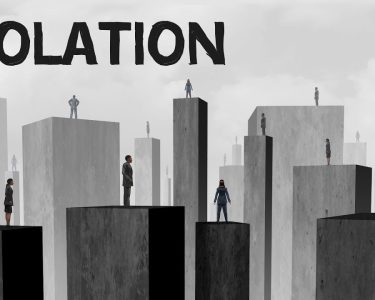Introduction:
In today’s diverse and interconnected world, fostering inclusive collaboration within our neighborhoods has become more important than ever. Breaking down barriers and promoting inclusivity not only strengthens the fabric of our communities but also creates a sense of belonging and unity among residents. In this article, we will explore the significance of inclusive collaboration and how it can positively impact our neighborhoods.
1. Embracing Diversity:
One of the key aspects of inclusive collaboration is embracing diversity. Our neighborhoods are home to people from various cultural, ethnic, and socioeconomic backgrounds. By recognizing and appreciating this diversity, we can create an environment that celebrates different perspectives, experiences, and talents. Inclusive collaboration allows us to tap into the collective wisdom and creativity of our community members, leading to innovative solutions and a richer neighborhood experience.
2. Breaking Down Social Barriers:
Inclusive collaboration helps break down social barriers that may exist within our neighborhoods. These barriers can be based on factors such as race, religion, gender, or socioeconomic status. By actively promoting inclusivity, we can create a safe and welcoming space where everyone feels valued and respected. This, in turn, fosters a sense of trust and encourages open dialogue, enabling us to address and overcome social challenges together.
3. Enhancing Community Engagement:
When neighborhoods embrace inclusive collaboration, community engagement is greatly enhanced. Inclusive decision-making processes ensure that all voices are heard and considered. This leads to a greater sense of ownership and empowerment among residents, as they feel their opinions and concerns are valued. Engaged communities are more likely to come together to address common issues, work on neighborhood improvement projects, and support local initiatives.
4. Building Stronger Networks:
Inclusive collaboration strengthens the social fabric of our neighborhoods by building stronger networks. When individuals from diverse backgrounds come together to collaborate, they form connections and build relationships that transcend traditional boundaries. These networks not only foster a sense of belonging but also provide opportunities for personal and professional growth. By leveraging these networks, neighborhoods can tap into a wealth of resources, skills, and expertise to address challenges and seize opportunities.
5. Promoting Social Cohesion:
Inclusive collaboration plays a vital role in promoting social cohesion within our neighborhoods. When residents from different backgrounds work together towards a common goal, it creates a shared sense of purpose and unity. This sense of cohesion strengthens community bonds and reduces social isolation. Inclusive collaboration also helps bridge gaps between different groups, fostering understanding, empathy, and mutual respect.
Conclusion:
Inclusive collaboration is a powerful tool for breaking down barriers and fostering a sense of unity and belonging within our neighborhoods. By embracing diversity, breaking down social barriers, enhancing community engagement, building stronger networks, and promoting social cohesion, we can create vibrant and inclusive communities where everyone feels valued and empowered. It is up to each of us to actively participate in and promote inclusive collaboration, as it is through our collective efforts that we can create positive change in our neighborhoods. Let us work together to build a more inclusive and collaborative future for all.




